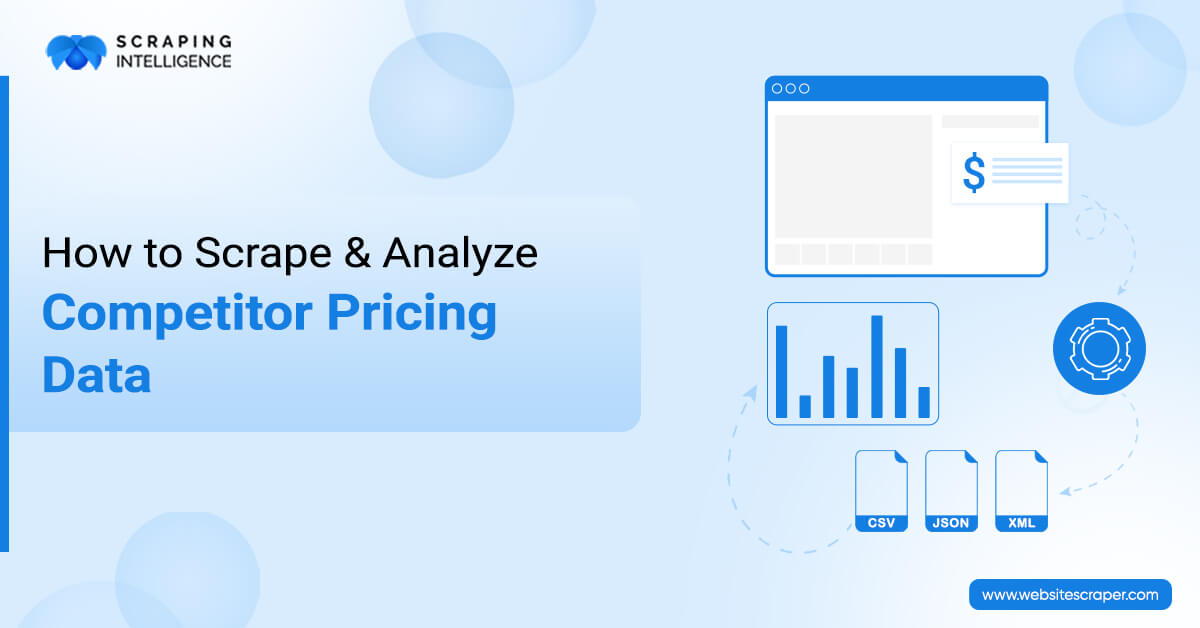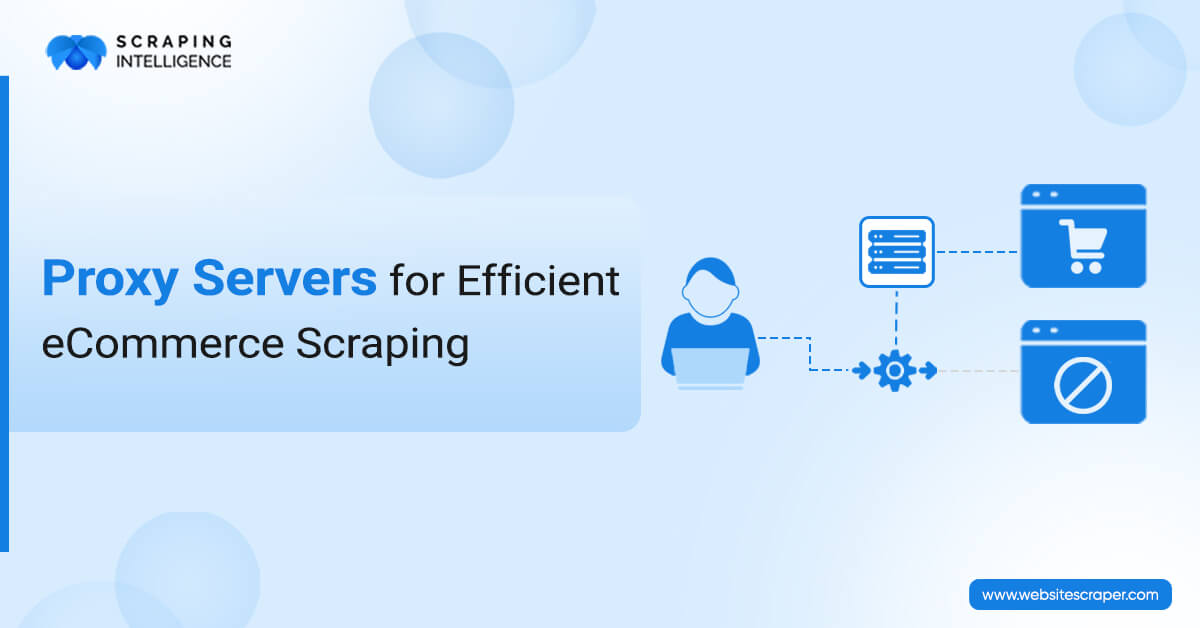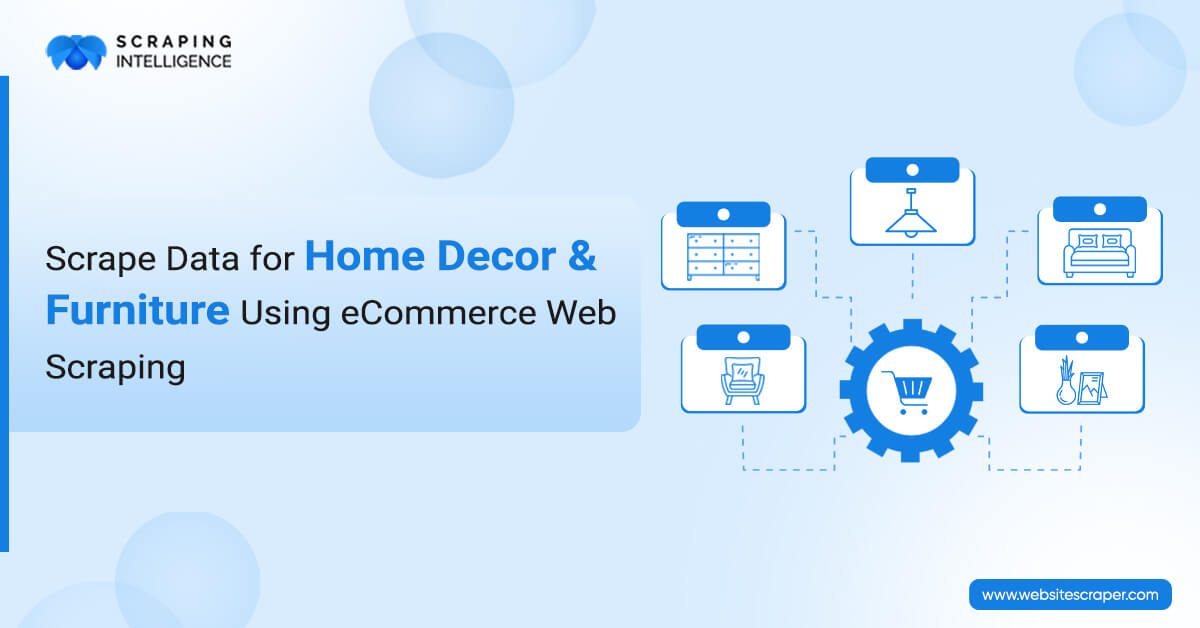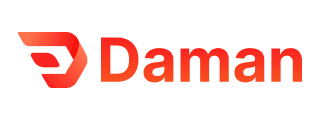 Bulk Content Creation – Scale Without Sacrificing Quality!
Bulk Content Creation – Scale Without Sacrificing Quality!
How to Scrape Data from PDF Using Python?
Written by Scraping Intelligence » Updated on: May 22nd, 2025

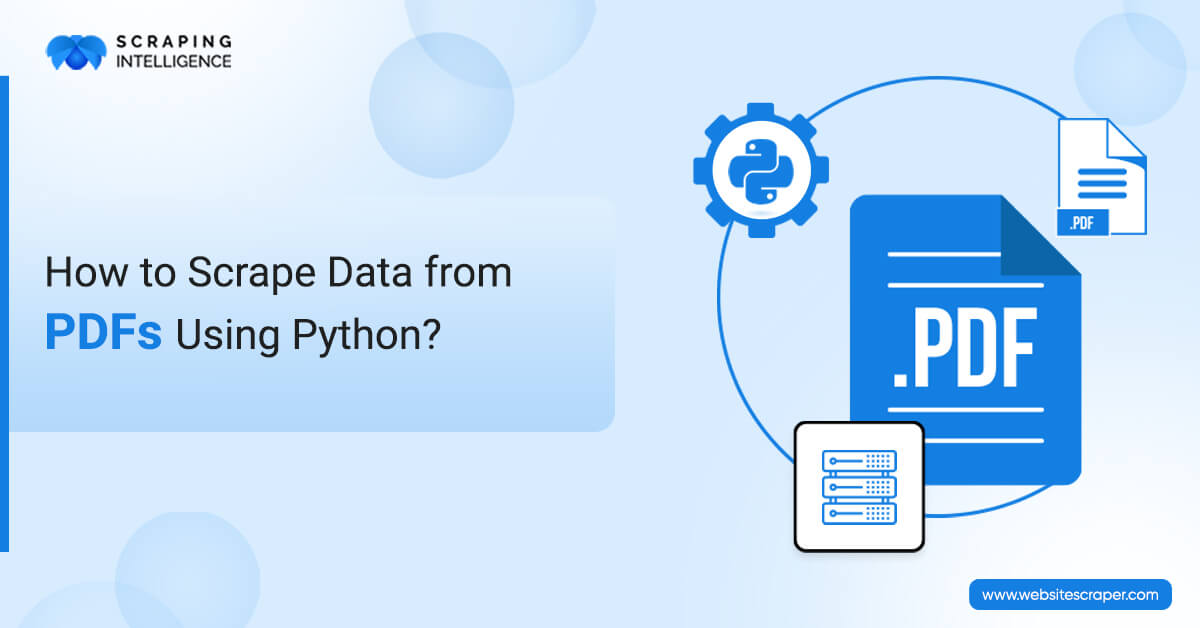 The present-day world is overflowing with information, yet much of it is chained into digital cellars called PDF. Massive chunks of business-critical insights reside in these digital documents that are crucial for research, business intelligence, reports, and data analysis.
The present-day world is overflowing with information, yet much of it is chained into digital cellars called PDF. Massive chunks of business-critical insights reside in these digital documents that are crucial for research, business intelligence, reports, and data analysis.
How do you access it?
PDF data scraping is what you need.
PDF data extraction tools scrape data text, tables, and organized data from PDF documents. However, the task gets challenging owing to their fixed layout and absence of machine-readable format. Fortunately, Python, along with its comprehensive ecosystem of libraries, presents tools to cut through these digital vaults and liberate the valuable information held within. Furthermore, advanced parsing techniques in information extraction aim to acquire only meaningful data from unstructured documents.
This blog explores insightful coverage of how you can Extract data from PDF file step-wise using Python to yield the best results and unlock valuable data from PDF documents.
9 Easy Steps to Scrape Data From PDF Using Python
Step 1: Understand the PDF Structure
PDFs (Portable Document Format) are classified into two broad categories—born-digital and scanned documents. Born-digital PDF files are created from a direct digital source such as a word processor or design application; scanned documents are created by scanning physical documents into digital copies.
Text and images presented in PDF are used for display, not for easy extracting data. Text may be broken into small pieces and dispersed across the page or sometimes even exist as vector graphics, creating difficulty in extraction.
OCR or Optical Character Recognition is essential for data retrieval from scanned PDF. This technology works by converting an image text into machine-readable text. It not only enables easy data extraction but also allows individuals with disabilities to use the documents.
Step 2: Know the Essential Python Libraries
Python boasts a powerful arsenal of libraries for PDF data extraction. Here’s what you’ll need:
- PyPDF2: It is a fundamental library, which can perform basic extraction and manipulation of texts. Though it’s not perfect for highly complex documents.
- PDFMiner.six: A competent library for extraction of text on a more advanced level. It helps preserve the text layout; thus ideal for complex files.
- pdfplumber: A high-level API built on PDFMiner—more intuitive to use for extracting text and tables. It simplifies regular tasks and is suitable for many projects.
- PyMuPDF (fitz): Noted for its high-performance rendering and parsing, it’s a flexible library that can extract both text and images and is specially designed for complex layouts.
- Tabula-py: A recognized library that extracts tables from PDFs. It is particularly useful for structured tabular data and handles different table formats.
- pytesseract: A standard Python library that works as a wrapper for Tesseract OCR, allowing easy extraction of text from images and scanned documents.
- EasyOCR: Open-source library supporting 80+ languages, designed on deep learning frameworks like PyTorch. It’s great for OCR tasks with multiple languages.
- pdf2docx: Although not a library itself, it converts .pdf to .docx extension, which can then be parsed using other libraries.
Step 3: Implement the Basic Code Structure
We are starting with basic code snippets to extract text from a PDF.
Step 4: Employ Advanced Extraction Techniques
Handling versatile PDF layouts needs sophisticated techniques. PDF sometimes link to external sources. Web scraping services combined with PDF data extraction help retrieve supplementary information for a holistic analysis.
Text Extraction from Specific Areas: Use bounding box coordinates to declare the area of interest.
Exclusion of Headers and Footers: Identify the regions with headers and footers to exclude them from extraction.
Multi-Column Layout: Analyze layout to locate columns and extract text accordingly.
Libraries like pdfplumber, Tabula-py, and Camelot make extraction of tables seamless as they include functions to find and extract table data.
Step 5: Make the Invisible Visible with OCR
For scanned documents, OCR is a requirement. Recognized OCR engines—Tesseract and Google Cloud Vision are the standards.
Extracting data from Scanned Documents using pytesseract with Tesseract:
Step 6: Ensure Ethical and Legal Compliance
Always read the terms of service and the robots.txt document before crawling a website.
Know about copyright and data privacy laws under the DPDP Act and IT Rules 2011 under the IT Act.
Obtain consent when dealing with personal or sensitive data.
Do not bombard the server with requests. Keep delays in between subsequent requests.
Step 7: Dodge Common Errors with the Right Solutions
Implement retry mechanisms and log failed HTTP and connection errors.
Use try-except code blocks, and check the PDF layout to look for the cause of the error.
Disable JavaScript execution or render the PDF through a headless browser.
Use delay factors between requests to avoid being blocked.
Step 8: Optimize Performance and Reduce Memory Usage
Use efficient built-in Python functions and libraries.
Process and load data in smaller chunks to reduce memory usage.
Step 9: Post-Processing and Analysis
Clean the text by removing stopwords, and lowercase text, and perform stemming (reduce a word to its base form).
Store the extracted data in a file or database for further analysis.
Post extraction, effective data visualization translates text into infographics such as graphs, maps, charts, and more for better understanding and analysis.
Final Thoughts: Encouraging Data Insights
Python’s power and flexibility make it the most efficient programming language for decrypting the information, hiding in the darkness of PDF files. Explore these libraries and techniques and transition unstructured data into actionable insights—feel free to experiment, share your views, and participate in the growing world of data enthusiasts.
Want to turn unstructured PDF data into actionable insights?
Contact Scraping Intelligence for customized, scalable, and legally compliant data extraction solutions that ensure accuracy and efficiency beyond just standard Python libraries.
Source: https://www.websitescraper.com/scrape-pdf-data-using-python.php
Note: IndiBlogHub features both user-submitted and editorial content. We do not verify third-party contributions. Read our Disclaimer and Privacy Policyfor details.
Copyright © 2019-2025 IndiBlogHub.com. All rights reserved. Hosted on DigitalOcean for fast, reliable performance.


